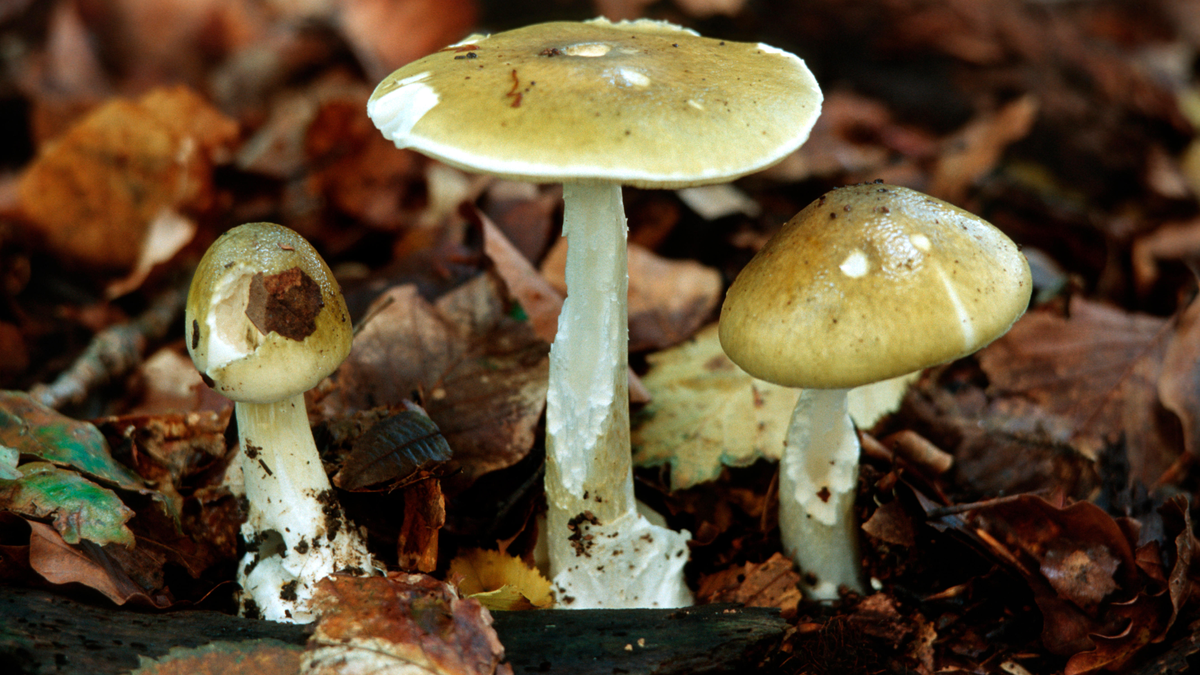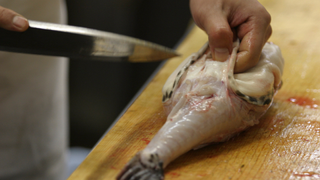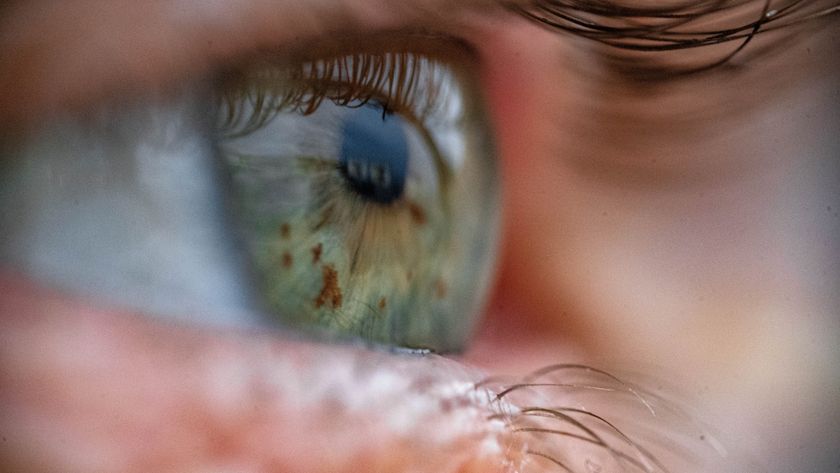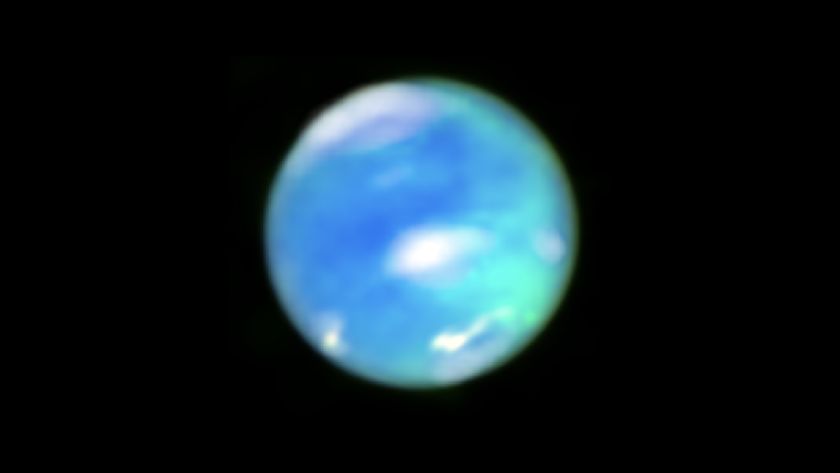
What is the world's deadliest food?
Organisms from three different natural kingdoms battle it out for the title "deadliest food."

Food is vital to life, but sometimes what we eat can be deadly. We generally try to avoid what we know to be toxic or avoid common allergens, like peanuts, if we are allergic to them.
But what is the deadliest food that people eat routinely? The answer depends on how we define it. The deadliest food may be the one that kills the most people — in which case foods that trigger allergies or chronic conditions could top the list. Alternatively, the deadliest food may be ones that are poisonous and that kill the most people, or one that is lethal at even tiny doses. If you only include potentially poisonous foods, candidates for the "deadliest food" include organisms from the plant, animal and fungus kingdoms.
"With regards to poisonous foods, they typically fall into two categories: ones that are unsafe but can be made safe with proper preparation, and harmful things mistaken for safe things," Justin Brower, a forensic toxicologist who writes the blog Nature's Poisons, told Live Science.

Cassava
A key food that is dangerous to consume in its natural state is bitter cassava (Manihot esculenta). According to the U.S. Centers for Disease Control and Prevention, cassava is a major source of carbohydrates in the diets of people who live in tropical areas. The potential problem with cassava is that its roots and leaves contain toxins called cyanogenic glycosides, which break down into cyanide and can cause goiters, paralysis and even death.
But many people around the world continue to enjoy the tuber because the cyanogenic glycosides can be removed by soaking peeled cassava in water or by boiling and sun-drying it, Brower said.
According to the World Health Organization, cassava poisoning kills upward of 200 people per year, although thousands more are permanently disabled from lower levels of cyanide poisoning, which can cause cognitive impairment.
Related: Do bay leaves actually add flavor, or is it all a con?
Sign up for the Live Science daily newsletter now
Get the world’s most fascinating discoveries delivered straight to your inbox.

Pufferfish
In the animal kingdom, the deadliest food is probably fugu, a puffer-fish-based sushi consumed primarily in Japan, where there is an established process for removing the toxin it contains.
Several species of puffer fish contain a potentially fatal poison called tetrodotoxin, according to the medical resource StatPearls. Tetrodotoxin can cause numbness or paralysis almost immediately and can result in respiratory failure in just 20 minutes. Tetrodotoxin is thought to be 1,200 times as toxic as cyanide, and the minimum lethal dose is estimated to be 2 to 3 milligrams. As a result, this food is banned in much of the world.
But in Japan, chefs have to be licensed to prepare and dish out fugu in a process that can take several years, according to The Japan News. Chefs must be able to clean the fish and separate its organs — the liver, intestines and ovaries are the most toxic elements — with their final test including tasting what they have prepared.
According to the Tokyo Bureau of Public Health, dozens of people are sickened by the improper preparation of pufferfish each year, but only a few of them die. Puffer fish sashimi is still considered a rare delicacy, often commanding hundreds of dollars a plate.
Death cap mushroom
A list of the world's deadliest foods would not be complete without an entry from the fungus kingdom. "The primary one is the death cap (Amanita phalloides)," Brower said, "which is responsible for about 90% of mushroom deaths."
Native to Europe, the death cap mushroom has made its way around the world as an invasive species. Because it looks a lot like common field mushrooms (Agaricus campestris), the death cap is responsible for many accidental poisonings. The onset of poisoning symptoms for death caps comes within six to 12 hours and can include nausea, vomiting and diarrhea. Within days, a person who has eaten half a death cap or more may go into liver or kidney failure, resulting in death.
"The worst part is that death caps are heat stable," Brower said, "so cooking doesn't destroy all of the toxins."
It is difficult to know the number of death-cap fatalities around the world, experts say, because there is a lack of case reporting in emergency rooms. However, there may be as many as 100 per year. Thousands more get sick but recover, as was the case in California in 2016.
Hope is on the horizon for amateur mycologists who accidentally eat death caps, though. A 2023 study published in the journal Nature Communications found that a particular fluorescent dye could be employed as an antidote in the future.

Kristina Killgrove is a staff writer at Live Science with a focus on archaeology and paleoanthropology news. Her articles have also appeared in venues such as Forbes, Smithsonian, and Mental Floss. Killgrove holds postgraduate degrees in anthropology and classical archaeology and was formerly a university professor and researcher. She has received awards from the Society for American Archaeology and the American Anthropological Association for her science writing.










